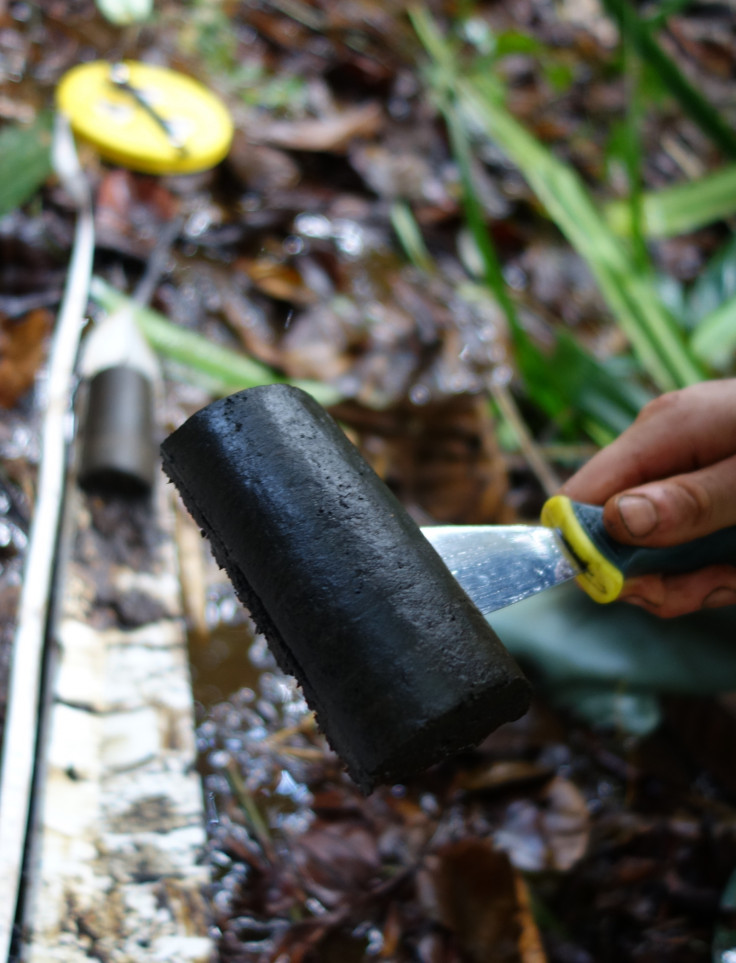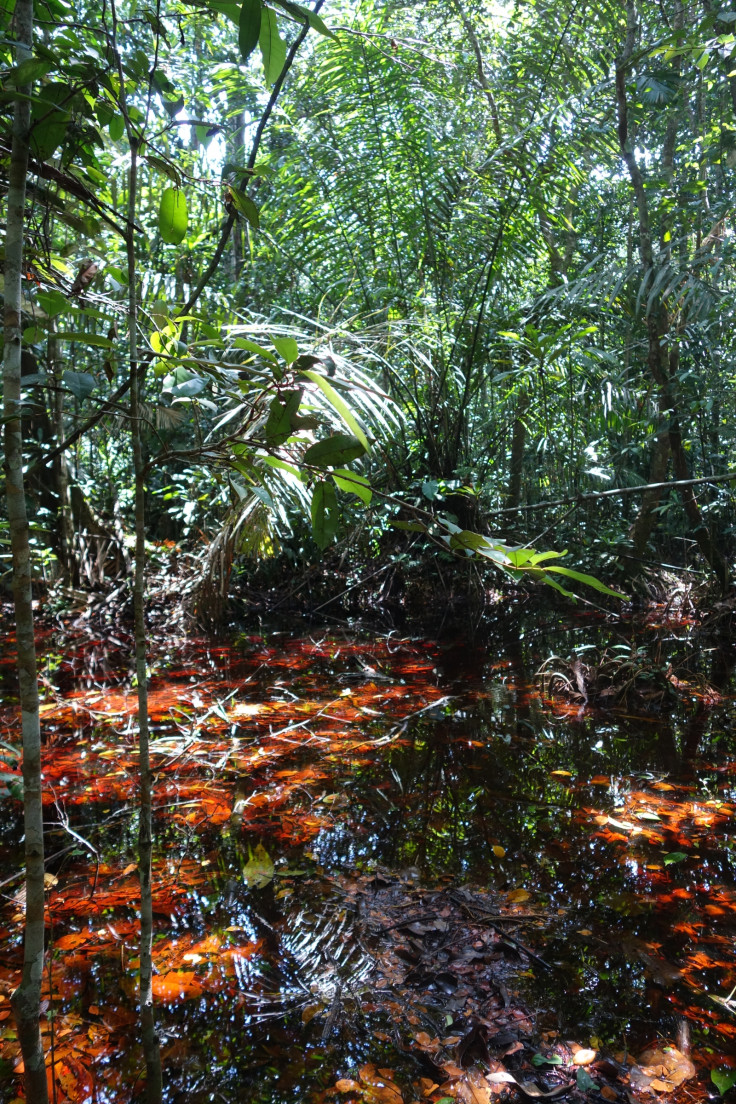A tropical peatland the size of England has just been discovered after hiding in plain sight
The enormous Cuvette Centrale peatland holds about 30 billion tonnes of carbon.
The world's largest tropical peatland – measuring about 145,500 square kilometres – has just been discovered in remote parts of the Congo Basin.
The Cuvette Centrale peatland, discovered by combined use of satellites and on-the-ground exploration, locks in about 30 billion tonnes of carbon. The peatland is about 16 times larger than it was thought to be according to a study published in the journal Nature.
While satellite images could provide an estimate of extent of the wetlands, how much of them are covered in peat could only be found by digging into the soil and analysing its composition. In rural areas of the Congo Basin, this data has been lacking until now.
"It's only by combination of satellite data with actual fieldwork that you can estimate the size of peat-forming systems," study author Susan Page of the University of Leicester told IBTimes UK.
The huge extent of wetlands that span parts of the Republic of Congo and the Democratic Republic of Congo were previously unknown to be actively forming peat.
Peat forms when organic matter produced by tropical vegetation falls into a waterlogged ground with little oxygen present. This prevents the organic matter from rotting, and it collects and remains stable unless the environment dries out.
When peatlands dry out, the organic matter is exposed to oxygen and rots, releasing carbon dioxide into the atmosphere. If the Cuvette Centrale peatland begins to dry out as the climate warms, it could turn into a substantial carbon source rather than sink.

"If something changes in the hydrology that leads to drying out for weeks or months of the year then that could be critical," Page said. "The area where these peatlands discovered in the Congo is fairly remote, so the area of these being impacted by human development is quite low, so the main risk does come from climate change."
"The critical thing is the balance between temperature and precipitation," said Page. "Probably, a small temperature change wouldn't be too critical, but if linked to an increased rate of evapotranspiration and also reduction in rainfall then that could be quite critical for peatlands."
Lydia Cole of the Oxford Long-Term Ecology Lab, who was not involved in the research, said that the extent of the peatlands within the wetlands comes as a surprise. In cases such as this where the peat is buried beneath a tropical swamp and is unsuitable for burning as fuel, the presence of peat can be relatively overlooked
"Any system such as peat is often relatively unknown to local people. They would of course know it was a swamp, but not necessarily the depth of that swamp or that it's carbon rich," Cole said.

"Peatlands are an issue now with climate change, now we're considering them as carbon stores."
The main causes of release of carbon from peatlands at the moment is agriculture and other ways that humans change the landscape. As yet, climate change is not having a detectable effect on peatlands' storage of carbon.
Given the remoteness of the Cuvette Centrale, it's likely that it will remain a carbon sink rather than a carbon source. So long as the peatland is protected effectively, its discovery is positive news in terms of the global carbon cycle.
"Now that we know that the peatlands exist, it is be possible for conservation organisations and research scientists to work together to promote their protection into the long term," said Page.
© Copyright IBTimes 2025. All rights reserved.






















